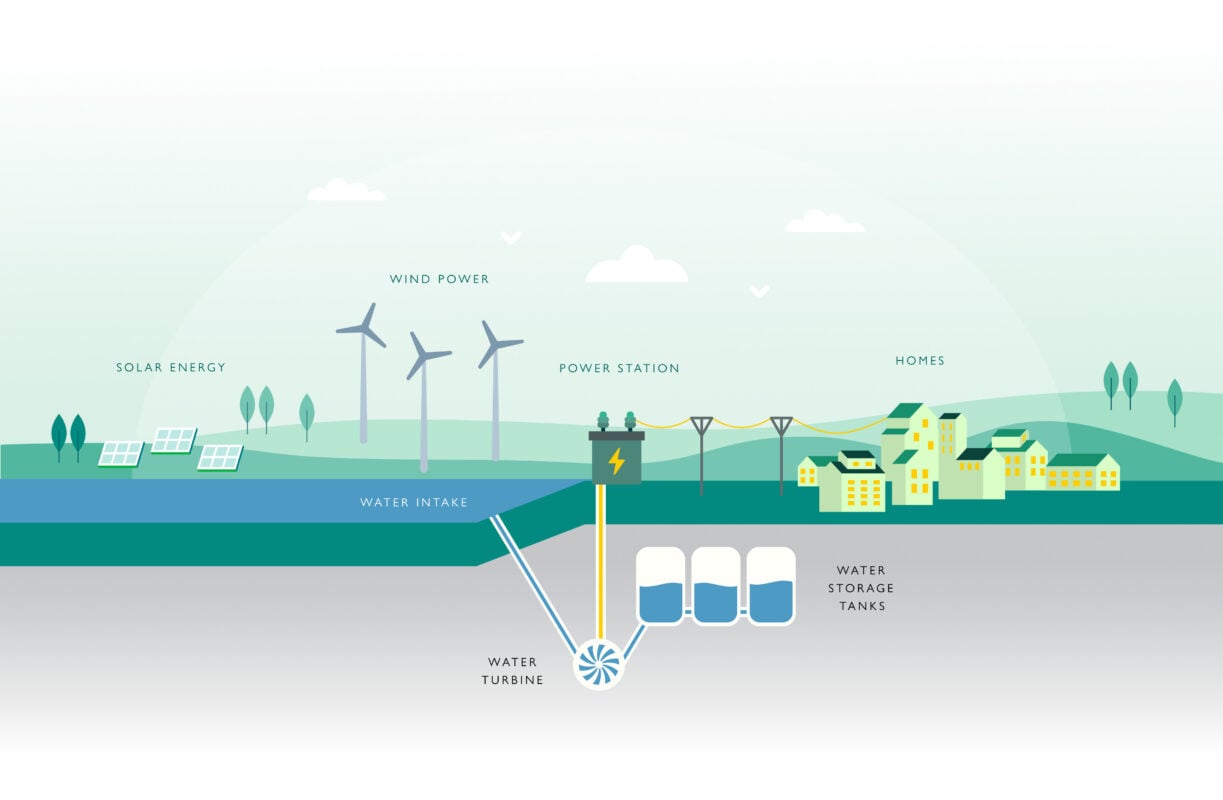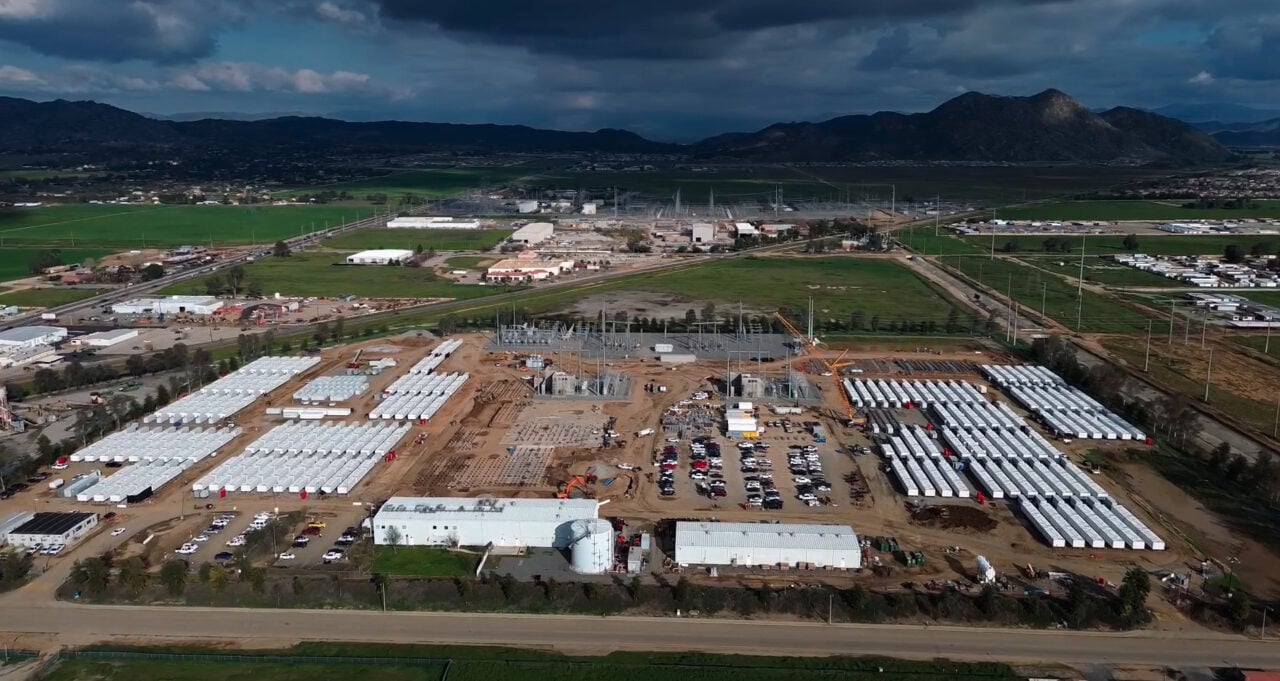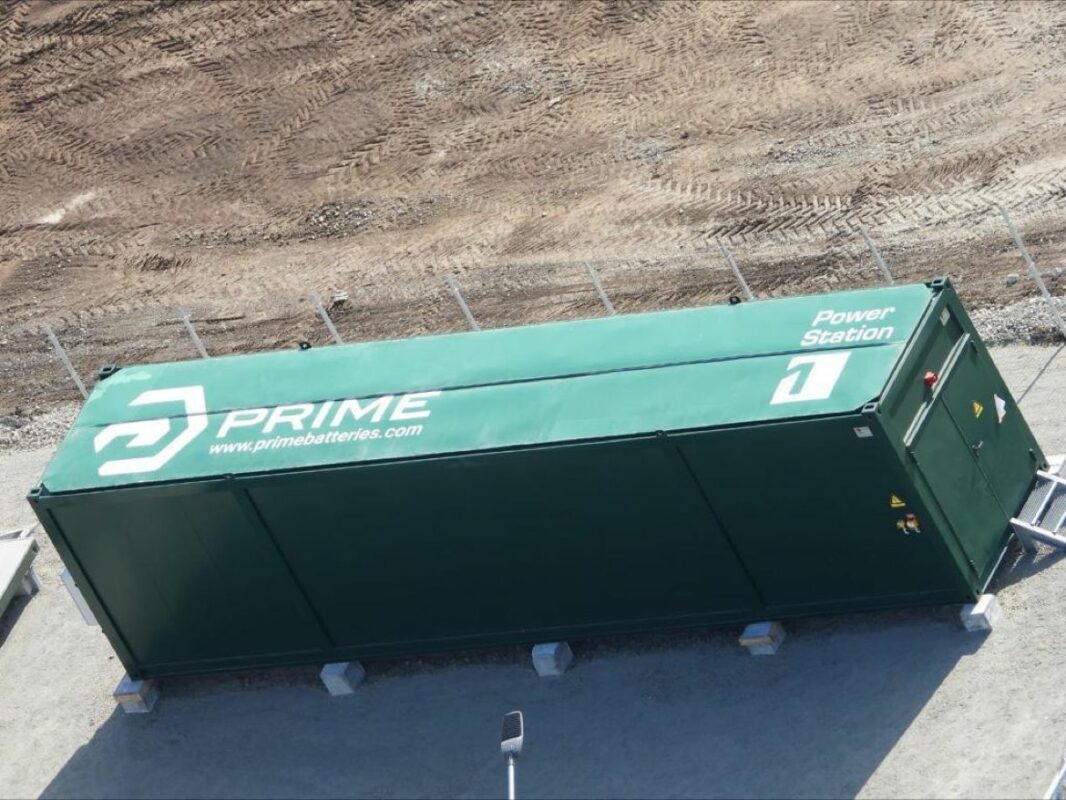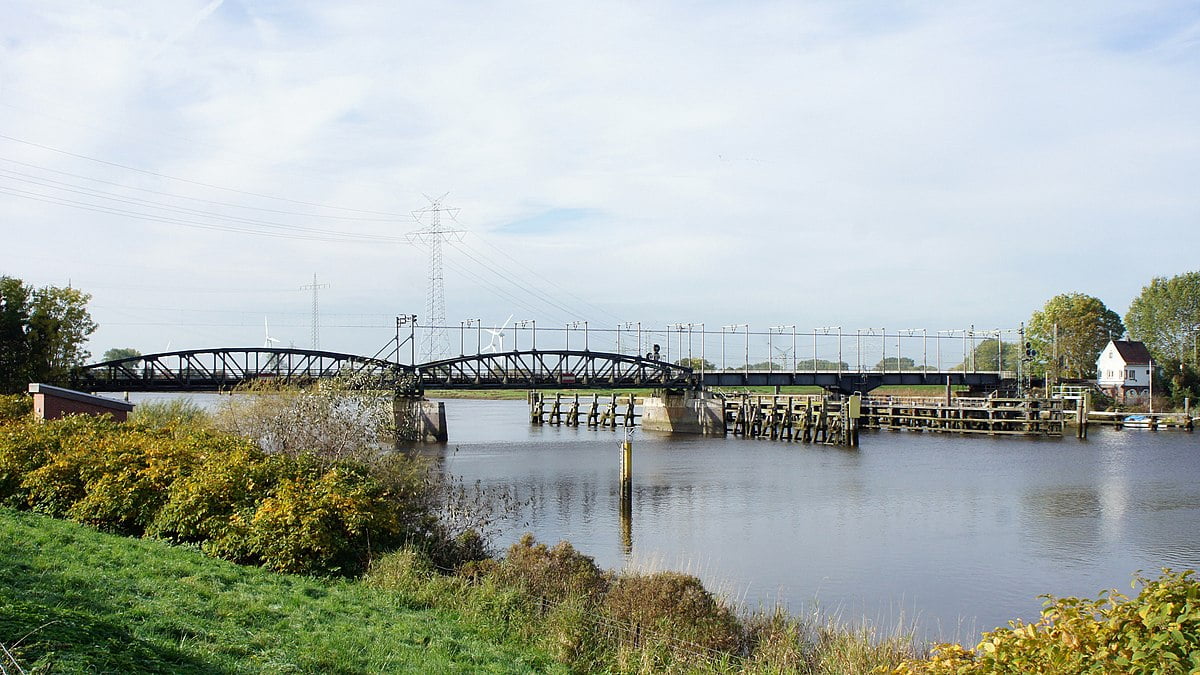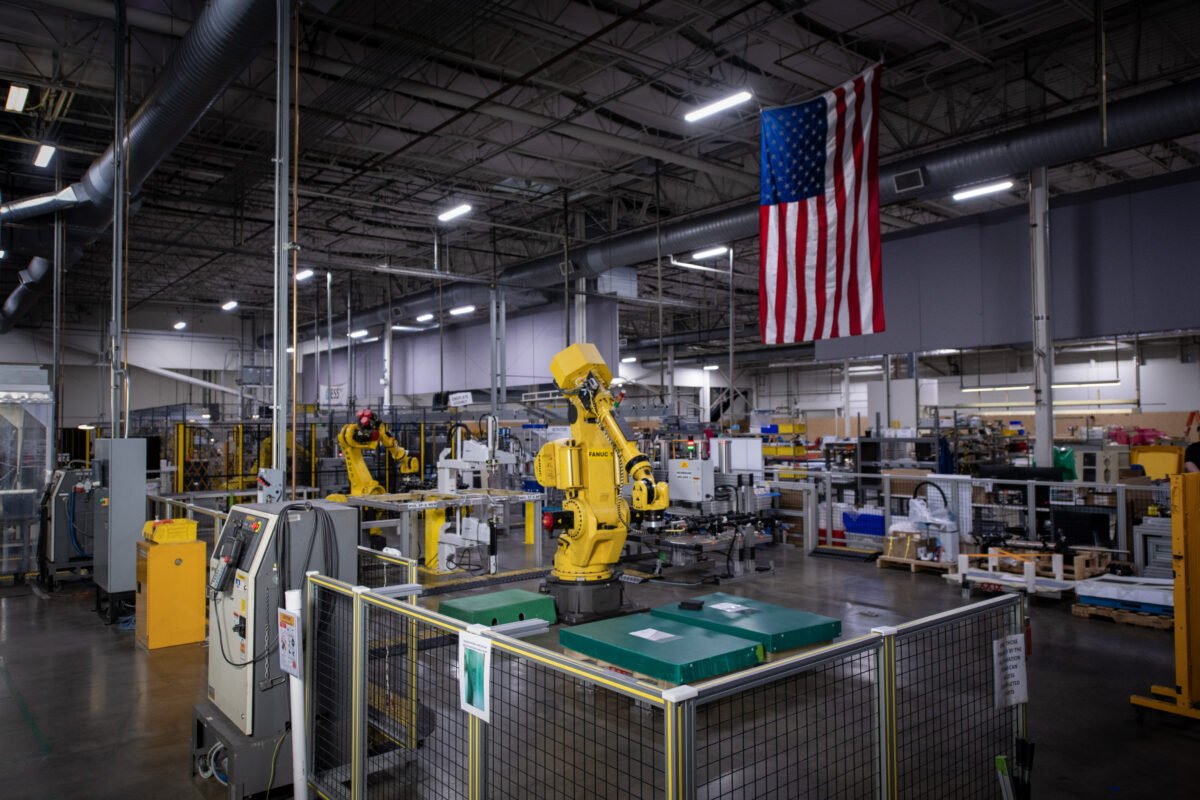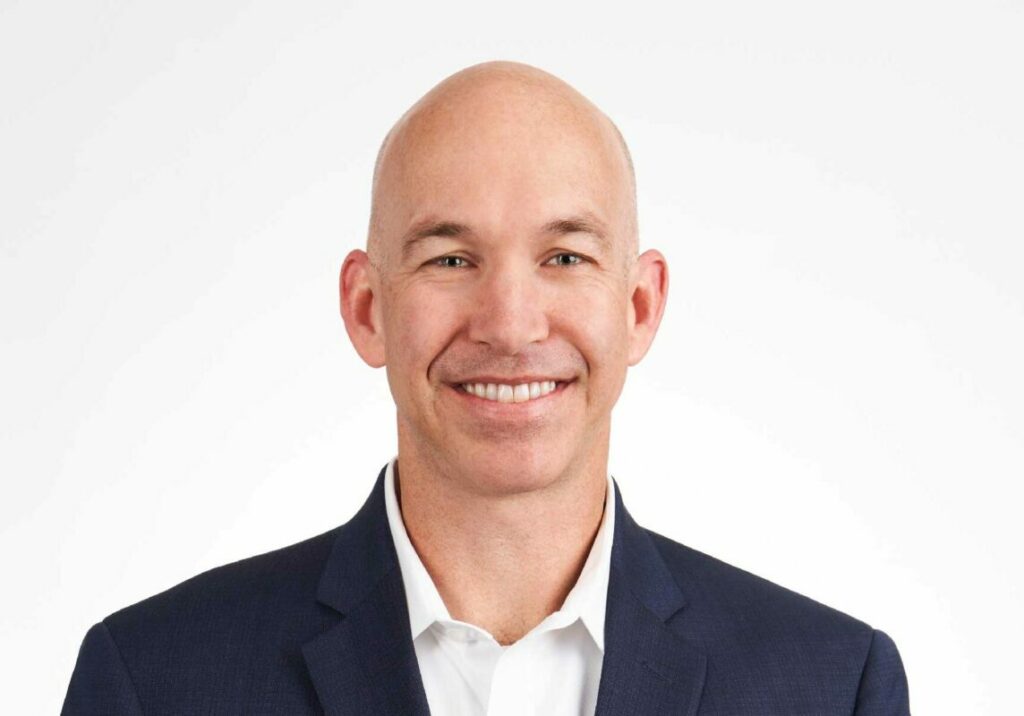The company has consistently gone out to the market seeking yet-untapped opportunities for large-scale BESS development, making it a first mover in markets like ERCOT in Texas, New York ISO and more recently MISO in the Midwest.
As well as its penchant for planting flags in rising RTO and ISO territories others have yet feared to tread in, the company’s profile has been raised by the often outspoken and candid views put forward by co-founder Jeff Bishop.
Bishop announced his intent to leave his post as CEO in August last year as the company brought online another 100MW in ERCOT, with the chief exec citing the need for a break after a relentless near-eight years at the helm.
In interviews with Energy-Storage.news, Bishop was forthright in discussing the ways in which Key Capture Energy (KCE) was innovating in the market, such as the development strategy, and building up his team’s software and asset optimisation capabilities in-house well ahead of many of its competitors.
Bishop’s commitment to assisting economic development in underserved regions of the US, as well as his advocacy for LGBTQ+ issues and diversity as one of the few openly gay CEOs in the energy industry, was also undoubtedly appreciated by many.
We put Brian Hayes, successor as well as long-time friend and former colleague of the outgoing CEO, on the spot to ask how Key Capture Energy plans to go forward and other dynamics of running the company and the wider market landscape.
ESN: It was known for a while that Jeff Bishop was leaving, and he told us that his successor was someone that he knew very well. You’re making something of a sideways move into the energy storage sector from renewables, but what led to you taking up the position as CEO?
Before I came here, I was at EDP Renewables for 18 years. For the last 12 years, I was on the executive committee reporting directly to the CEO. I had the opportunity to grow with EDPR from a very small company to what it is today, which is over 1,000 people, and about 500 people on my team.
Being in the renewable space for so long, [I was] seeing the impact the storage industry can have, and how much it’s needed for renewables. Putting those two things together was just a very exciting opportunity.
Solidifying that was the relationship with Jeff. I knew Jeff early on in his career, he’s done extremely well. When he went off to build Key Capture, he was way out in front as far as doing that and so I’ve kept in touch with him over the years. Then, of course, the formal process went along as well. It lined up very well.
Key Capture has a strong position in the Texas market, in ERCOT. It has also delivered some of the first grid-scale BESS projects in New York, a market that has so far been quite challenging. Then the most recent topic we discussed with Jeff Bishop was Michigan’s new energy storage target and how the company is developing projects there and in the broader MISO region. From a big-picture perspective, where are things today for KCE in terms of the development pipeline, which I understand totals around 9,000MW of assets at various stages?
One of the things that Jeff did a good job with, and I think is a key tenet of success, as far as being an IPP, or a storage developer, is really being a first mover.
Getting into those markets early, so you can get the development assets in the interconnection queue, so you can move things along, so you’re there when the market develops.
We’ve done that with New York ISO, we’re early entrants there, so we’re working on that to mature. We were early in Texas. We were early also in Michigan and South West Power Pool (SPP), so we have places where we have positions, where we’re getting ready and moving forward.
Really, the key is: how do we mature that pipeline and make sure we’re managing the pipeline in a positive way, so we can be ready when the opportunities come? The positive thing that we’re seeing is we do see more and more activity from the utilities, and others, as far as interest in storage. It looks like we’re making good bets, and we just need to continue to make those bets as we go forward.
Utilities, financiers ‘becoming more comfortable with storage’
For KCE, the business model has always been to own and operate its BESS assets. Will that continue to be the case?
To own and operate is a definite tenet that we have. We’re owned by SK, and so we count on them for financial support. But then there’s the owning and operating, but then there’s the financial side too. We will be very active in the financial space, as far as how we bring in capital and how we finance the projects as we go forward. I think that’s where we would have a diversity of players and a diversity of things, but as far as the assets themselves, we want to own them; we want to operate them as we go forward.
Could you tell us a little bit more about that finance piece then and the kind of the type of investors you might be looking for?
That’s the piece that we’re really looking at now, as we continue to mature and as the pipeline matures.
I talked about how the utilities and everybody’s getting more comfortable with storage, and there are more opportunities. It’s the same on the financing side.
As the industry matures, as contracting structures become more clear, and as revenue streams become better understood more easily by financiers, it makes it so that we can have more access to capital across the different types of finances.
Whether that’s debt, whether it’s banks, whether it’s preferred equity, the various different things. Those are the things that we’re focusing on now as to how we would line up the projects that we have, and then what’s the best way to either, firstly, go for a commercial strategy as far as a revenue contract? What’s the best way to do that?
Then following that up with: how does that marry up with potential investors that could be interested in projects? Those are the things that we’ll be looking at as we go forward. It’s an area that continues to develop and continues to mature. It’s something that we recognise as an area that, for us to be successful, and for the storage industry to be successful, we need to focus on and have good alignment.
The revenue streams for the different state-level markets, or ISO and RTO regions in the US can be varied: from CAISO in California where it’s about long-term contract structures, to ERCOT where it’s a very merchant play, to newer markets like New York where it is still a little undefined. How do you look at the business models and revenue streams available in say, ERCOT versus New York ISO?
The key really is that in every state, every ISO, the revenue model is a bit different. You can’t just assume the storage revenue profile is going to be similar across the country, and so it is unique; it requires lots of thought, lots of investigation, and understanding in the different markets to be able to figure out the best way to do that.
If you compare the differences, ERCOT, the piece around the merchant market, is very well developed. There are the ancillary services revenue streams that they have, there’s a regular energy arbitrage that you have. There are several different ways that are very clear as far as how the market will pay.
That makes it to where there’s a very good merchant opportunity if you’re willing to take that risk, and if you’re willing to play that market. That’s something that we’ve made the decision to do.
We have the operating megawatts in ERCOT, and we have a very strong market operations team that allows us to do that. That’s one thing where not all storage competitors have that same capability. I will compliment Jeff [on that], they were very much ahead as far as getting a strong market operations team to be able to interface with the market in ERCOT and understanding the best ways to dispatch the batteries as we go. That’s been a very positive thing.
That’s a story that we’re intending to replicate as we go around to the different markets where it makes sense because as you look forward, there’ll be some markets where it’ll make sense to just get a tolling agreement in place and that’s very straightforward.
Then there’ll be other markets like New York that has the Index Storage Credits, where there’s going to be a component of merchant and a component of a stable revenue stream. Those are the areas that we expect that we’ll be able to operate well in because we’ve gained a very strong skill set in ERCOT, as far as how to work in a market, and then we’ll be able to leverage that same skill set, of course, adjusting for the markets in different places.
Brian Hayes took over as CEO in January. Image: KCE
We should be able to cover the different types of contract structures. We can be flexible and be present where the opportunities come up. That links back to the development side, when you talk about markets, where we should be and all those types of things.
My view is that we need to be placing lots of bets, and we need to be across the country because there’s going to be different opportunities in different places, whether that’s for utilities, whether it’s for co-ops, or whether it’s potentially for commercial and industrial customers.
So as the markets mature, these opportunities will come. We need to be out there and go from there.
‘Placing bets’ across a balanced and diversified portfolio
Recently, Gore Street Capital, a UK-headquartered investor-developer, said that its diverse portfolio, with projects in the UK, Ireland, Texas, and Germany, was what enabled it to outperform some competitors that only focused on assets in the UK as that market went through a relatively low revenue period. Is it also part of the KCE playbook to not just capture the different opportunities, but also to spread risk across a diversified BESS portfolio?
For sure. I’m a big believer in diversification. It’s not dissimilar from when I was at EDPR, we focused on markets all across the country. I think it’s a very prudent way for a renewable player or for a storage player in our case to move forward as far as to have diversification, because it’s the one thing that we do have to remember: the storage industry is new, and rules are still being defined, and regulations are still coming through.
Things can change. As a result, you want to have a balanced portfolio, so you can move around.
What do you think are going to be priorities for KCE and for the industry for this year?
For this year, the key focus areas are that we have two projects that are under construction that are coming online in the summer in Texas (KCE TX10 and KCE TX15). So, the priority is to get those projects delivered, and then just focus on execution.
I just came here, and so I have my own style, and my own ways of how I expect and want the company to work. So a lot of this year is really just getting all of our ducks in a row and focusing on execution and making sure that as a company, we’re all kind of working as one unit moving forward.
Continue reading

